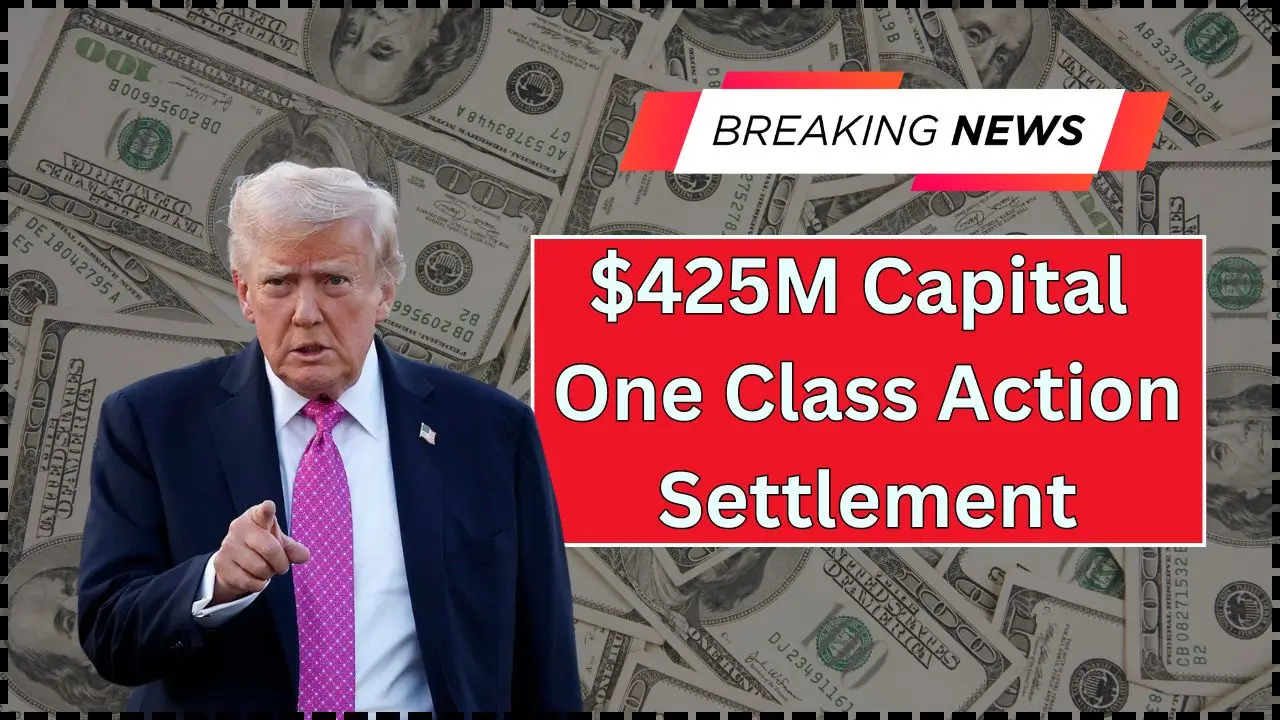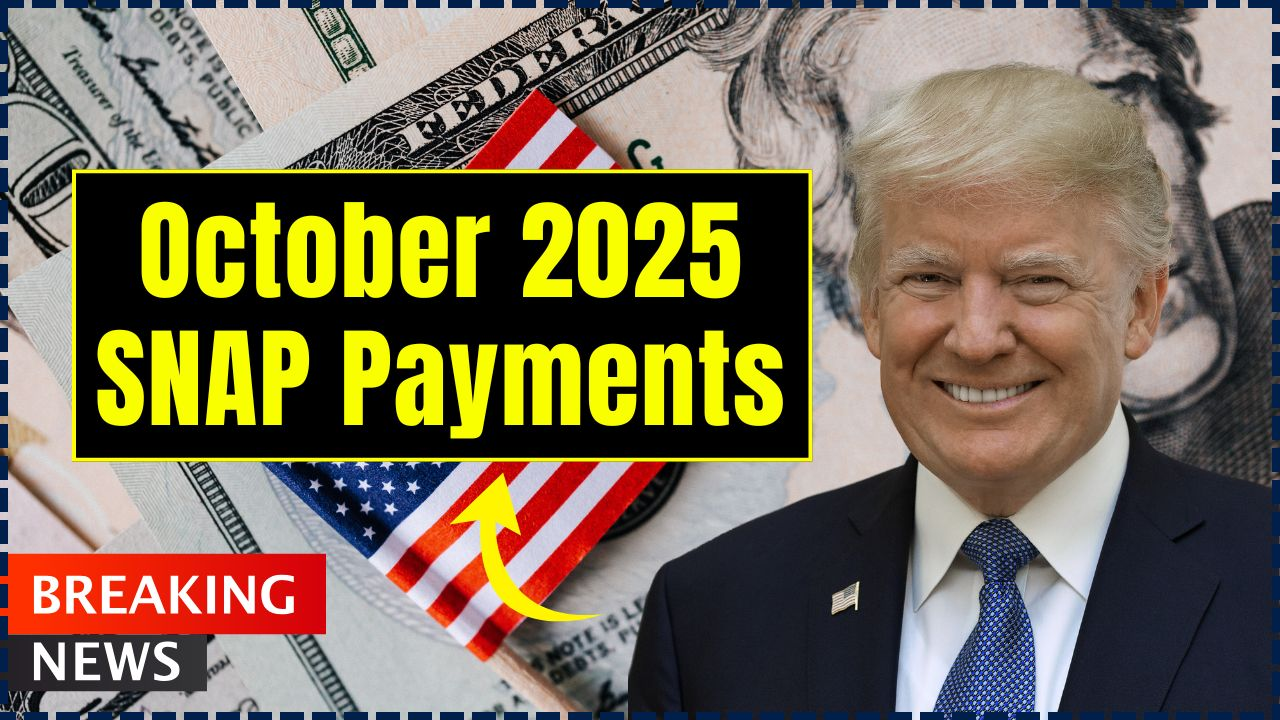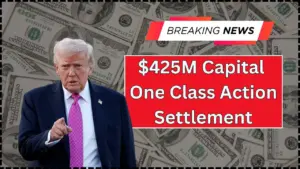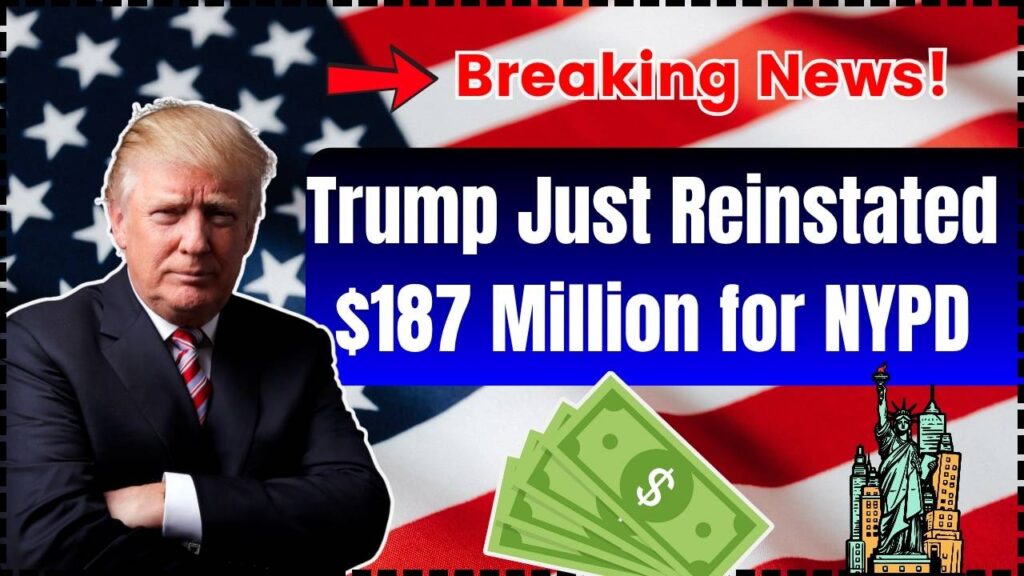
Trump Just Reinstated $187 Million for NYPD: When Donald Trump reinstated $187 million for the NYPD, it made headlines across the United States. At first glance, this might sound like a win for New York’s law enforcement and counterterrorism programs. But scratch beneath the surface, and you’ll find a heated debate that goes way beyond money—it’s about politics, security, fairness, and trust in government. This funding flip-flop has stirred emotions, not only in New York but across the nation. Law enforcement officials, politicians, and everyday folks are questioning why the money was cut in the first place, why it was suddenly restored, and whether politics played a bigger role than public safety.
Table of Contents
Trump Just Reinstated $187 Million for NYPD
The saga of Trump reinstating $187 million for the NYPD shows just how fragile homeland security funding can be when politics gets in the way. While the reversal is a relief, it raises bigger questions: Should counterterrorism money ever be a bargaining chip? And how do we ensure fairness without compromising safety in the nation’s most vulnerable city? For now, New Yorkers can breathe easier—but the debate is far from over.
| Point | Details | Source/Reference |
|---|---|---|
| Funding Amount | $187 million reinstated for NYPD counterterrorism | AP News |
| Initial Cuts | Trump’s team originally slashed ~86% of New York’s security budget | Reuters |
| Reason for Outcry | Fears of weakened homeland security in a major terror target city | WSJ |
| Political Angle | Critics argue cuts were retaliation against Democratic-led states | Axios |
| Legal Issues | Federal judges blocked parts of the cuts in lawsuits from multiple states | NY Post |
| Who Benefits | NYPD, fire departments, transit security, and counterterrorism units | FEMA & DHS programs |
A Quick History Lesson: Why NYC Funding Matters
To understand the uproar, you have to rewind to September 11, 2001. After the terror attacks, New York became the epicenter of America’s homeland security strategy. Billions were funneled into intelligence sharing, counterterrorism units, and hardening infrastructure like bridges, tunnels, and subways.
Between 2002 and 2022, New York reportedly received over $7 billion in federal homeland security funding, making it the largest single recipient of counterterrorism money in the U.S. That money supported surveillance networks, radiation detectors, and thousands of counterterrorism officers.
Cutting $187 million in 2025 wasn’t just a budget trim—it was like pulling the plug on decades of security investments.
Why Did Trump Just Reinstated $187 Million for NYPD Even Happen?
Earlier this year, the Trump administration announced sweeping changes under the Homeland Security Grant Program (HSGP). New formulas redirected funds from large cities like New York to smaller and mid-sized cities, with officials claiming the system was “more balanced.”
But for New York, this meant losing 86% of its counterterrorism funds. Agencies like the NYPD, FDNY, and transit police suddenly faced devastating gaps in their budgets.
The backlash was immediate and bipartisan. Governor Kathy Hochul called the cuts “reckless and dangerous,” while NYPD officials warned that surveillance and anti-terror operations would be crippled. Lawsuits were filed, protests erupted, and editorial boards hammered the administration.
Facing mounting pressure, Trump reversed the decision and announced that the $187 million would be restored.
Breaking Down the Controversy
1. Politics vs. Public Safety
Critics argue the cuts looked like political payback. New York, a Democratic stronghold, has often clashed with Trump. Opponents say security grants became a pawn in partisan battles.
2. The National Security Angle
Supporters of the cuts claimed the old system unfairly favored New York. They argued that other cities, from Los Angeles to Houston, also face threats and deserve more federal resources. While that’s true, experts note that NYC remains the #1 terror target in the U.S., and its scale of risk is unique.
3. Legal Pushback
Courts stepped in quickly. Judges in New York and other states blocked parts of the cuts, ruling that sudden funding withdrawals violated established grant laws. These rulings forced the administration to reconsider.
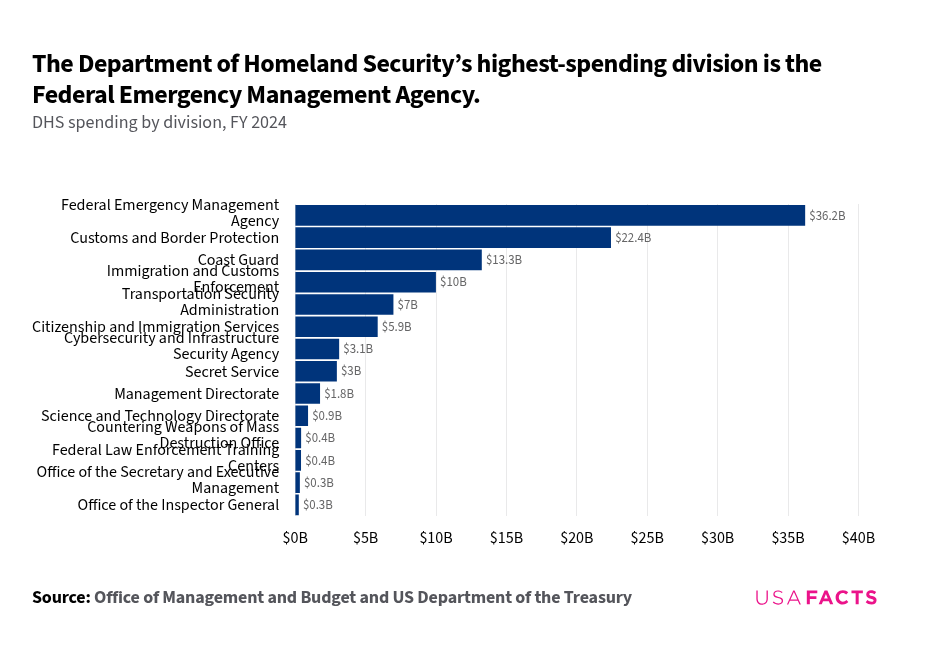
What $187 Million Means in Real Life?
Numbers can feel abstract, so let’s translate it into everyday impacts:
- Bomb Squads: Training, equipment, and drills cost millions annually. Without federal money, they’d face severe cutbacks.
- Transit Security: The NYC subway—used by 5 million people daily—relies on cameras, plainclothes officers, and rapid-response teams.
- Cybersecurity: NYPD runs cyber units to monitor extremist chatter and hacking attempts. That work depends heavily on grants.
- Community Programs: Outreach initiatives in neighborhoods prevent radicalization before it starts.
In short, $187 million doesn’t just sit in an account—it touches almost every aspect of safety in the city.
How NYC Stacks Up Against Other Cities?
For context:
- New York City usually receives between $150–200 million annually in federal homeland security grants.
- Los Angeles often gets around $80–100 million.
- Chicago and Washington D.C. each receive tens of millions but not nearly NYC’s level.
The difference reflects New York’s global profile and sheer population density. Cutting 86% of NYC’s funds would have been unprecedented compared to other cities.
The Human Side: Voices From the City
Public officials weren’t the only ones speaking out. Community leaders, business owners, and residents raised concerns:
- Transit riders worried about fewer officers in subway stations.
- Small business owners near Times Square feared lower police visibility could hurt tourism.
- Residents in outer boroughs felt they’d be the first to lose neighborhood patrols and outreach programs.
Even beyond politics, the fear was real: New Yorkers remember how unprepared the city felt before 9/11, and no one wants to go back.
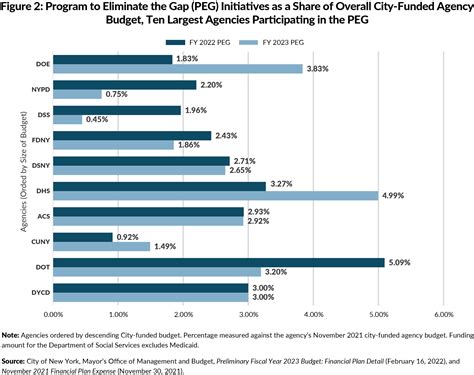
Public Reaction on Trump Just Reinstated $187 Million for NYPD
- Governor Kathy Hochul: Called the cuts “a direct attack on New Yorkers’ safety.”
- Mayor Eric Adams: Praised the reversal but warned that “New York shouldn’t have to fight for security every budget cycle.”
- Police Unions: The NYPD Police Benevolent Association said the cuts would have left officers “without the tools to do the job safely.”
- Everyday New Yorkers: Social media lit up with residents joking that they “felt safer walking past a halal cart than waiting for Trump to fund counterterrorism.”
What Professionals Can Learn
This case isn’t just politics—it’s a professional playbook in resilience:
- Diversify Funding Sources – Local governments should develop backup funding strategies.
- Expect Political Whiplash – Leadership changes can flip priorities overnight.
- Legal Readiness – Lawsuits and court injunctions can play a critical role in protecting public safety programs.
- Public Pressure Works – Community and media backlash forced Washington to act.
Step-by-Step Guide: Understanding Homeland Security Funding
Step 1: Congress Allocates Money
Congress sets aside homeland security budgets.
Step 2: DHS & FEMA Distribute Funds
Agencies like DHS and FEMA run grant programs (like HSGP).
Step 3: States Apply
Cities submit grant applications justifying their needs.
Step 4: Funding Decisions
FEMA uses formulas and risk scores to distribute money.
Step 5: Local Agencies Spend It
NYPD, FDNY, and others apply it to training, technology, and infrastructure.
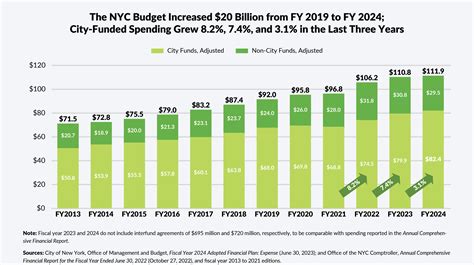
Looking Ahead: What’s Next for NYC Security?
Even though the money is back, uncertainty lingers. Analysts warn that funding could be reshuffled again in 2026, depending on politics and budgets.
Experts recommend that New York:
- Build stronger public-private partnerships with companies in finance and tech.
- Push for multi-year federal funding agreements instead of year-to-year uncertainty.
- Expand cybersecurity investments, since future threats may come more from hackers than physical attacks.
For professionals, the key takeaway is simple: don’t assume stability. Whether you’re in law enforcement, public policy, or even private security, prepare for swings in federal priorities.


